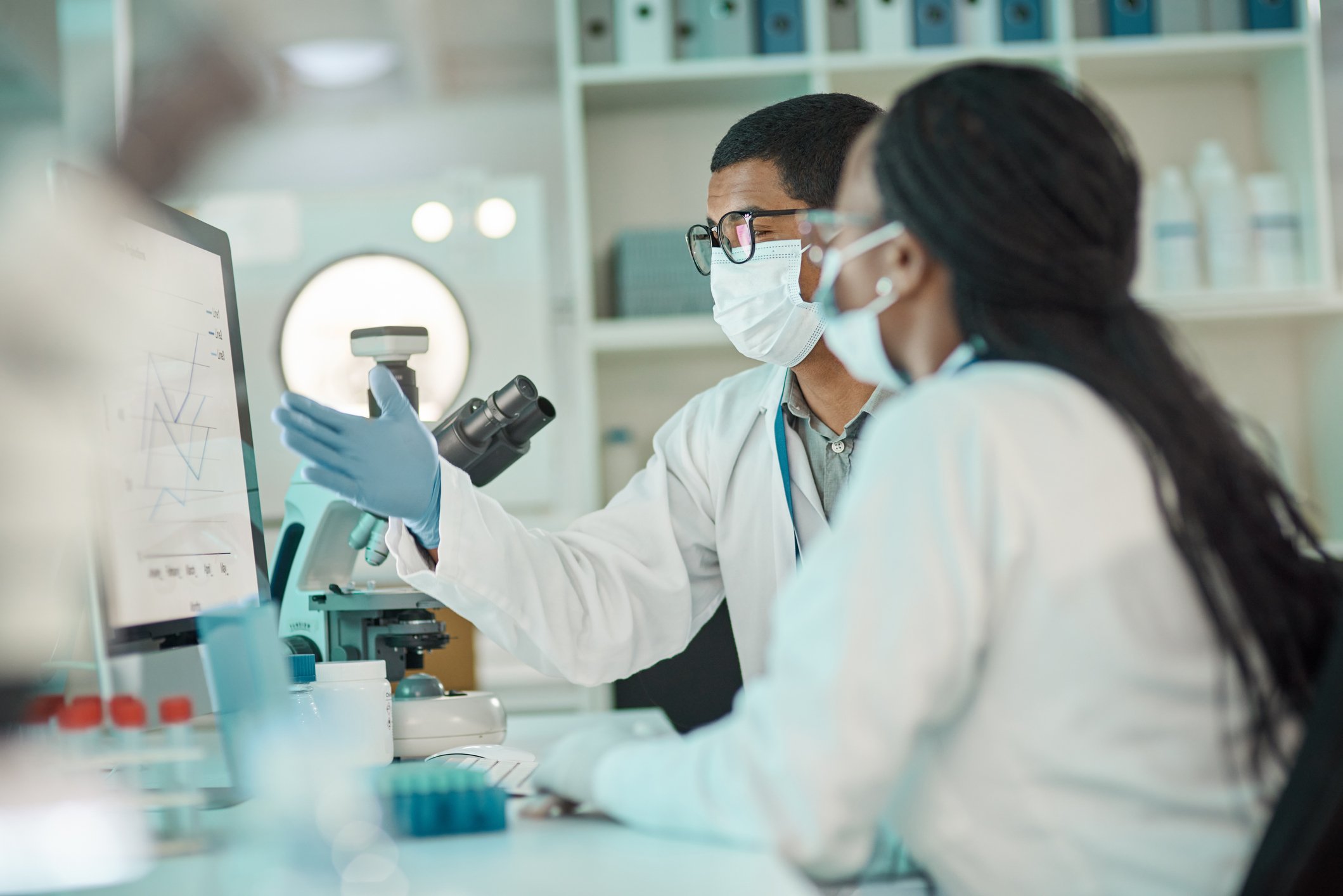Although we don't believe in timing the market or panicking over market movements, we do like to keep an eye on big changes -- just in case they're material to our investing thesis.
What: Shares of Lexicon Pharmaceuticals (LXRX +1.65%), a biopharmaceutical company focused on developing therapies to combat chronic diseases, briefly roared higher this morning by as much as 22% after announcing a collaboration with non-profit group JDRF to run a randomized phase 2 study involving Lexicon's investigational compound LX4211 in a younger population with type 1 diabetes. Shares have since cooled and up are less than 4% as of this writing.
So what: According to the details of this morning's announced collaboration, JDRF will provide the funding for this midstage study with the two aiming to enroll up to 76 individuals below the age of 30 and with an HbA1c level of 9% or greater. The trial will last 12 weeks and patients will be randomly assigned to receive either a 400 mg dose of LX4211 or the placebo. The primary endpoint will evaluate the efficacy and potential superiority of LX4211 compared to the placebo, with secondary endpoints comprised of measuring variability in blood sugar levels and overall patient insulin dependence.
Now what: The big key to this morning's collaboration, and why Lexicon briefly took off, is the fact that JDRF is picking up the tab on this study. With no money out of pocket for Lexicon it can simply show off its next-generation diabetes drug which is a dual SGLT1 and SGLT2 inhibitor.
Rather than working via the liver or pancreas like previous FDA-approved medications, LX4211 regulates blood sugar via the SGLT1 in the small intestine and SGLT2 in the kidneys. There are already two SGLT2 inhibitors approved by the Food and Drug Administration -- Johnson & Johnson's Invokana and AstraZeneca's Farxiga -- but the thinking here is that doubling up and focusing on inhibition of both SGLT1 and SGLT2 could deliver superior results. I'll certainly need to see LX4211 in a considerably larger study than a few dozen people before I'd give it two thumbs up, but its initial phase 2 data in both type 1 and type 2 diabetes has been intriguing enough to merit a steady spot on my watchlist.






